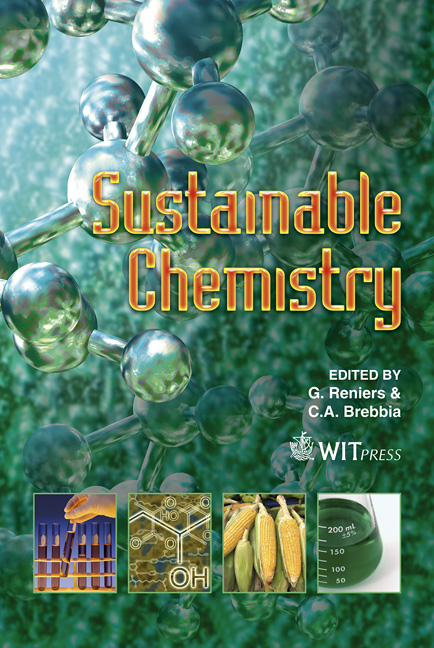Possibilities And Limitations Of LCA For The Evaluation Of Soil Remediation And Cleanup
Price
Free (open access)
Transaction
Volume
154
Pages
11
Page Range
213 - 223
Published
2011
Size
357 kb
Paper DOI
10.2495/CHEM110201
Copyright
WIT Press
Author(s)
V. Cappuyns
Abstract
When evaluating remediation technologies for contaminated soil and groundwater, the beneficial effect of the remediation, namely cleaner soil and groundwater, are mostly emphasized without consideration of the environmental impact of the remediation activities themselves. Nevertheless, practitioners and decision makers can rely on a broad range of decision tools that can help them to achieve a better balance between economic, social and environmental health aspects of contaminated land remediation. A holistic approach for the management of contaminated land should ideally include an assessment of the environmental risk of the contamination, an assessment of the environmental, social and health impact of the remediation process and a cost-benefit analysis of the remediation project. A life cycle framework, including a life cycle management (LCM) approach structuring environmental activities and life cycle analysis (LCA) for a quantitative examination, can be helpful for the selection of site remediation options with minimum impact on the ecosystem and human health. During the last 10 years, several instances have emerged in which a life cycle approach has been applied to the remediation of contaminated sites. Besides addressing the environmental impact of the remediation activities for a specific site, attention should also be paid to the consequence of reintroducing a remediate site into the economy. From a legal point of view, there should be ways to encourage the use of sustainable remediation technologies, together with a disconnection of treated soils from the definition of waste. Finally, the focus should move from remediation, whether sustainable or not, to the prevention of soil contamination.. Keywords: environmental risk, heavy metals, impact assessment, life cycle management, soil contamination, sustainability.
Keywords
environmental risk, heavy metals, impact assessment, life cycle management, soil contamination, sustainability





